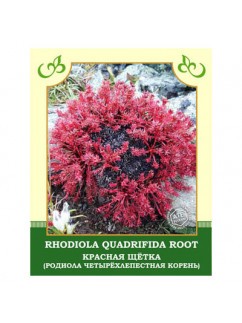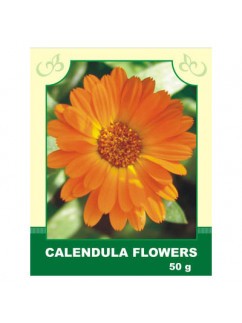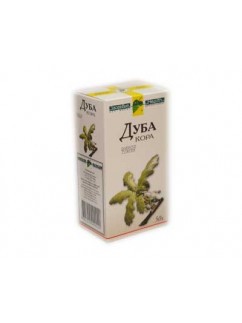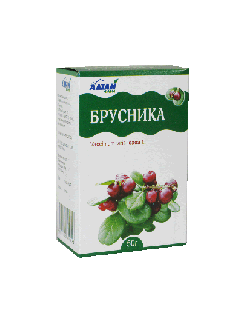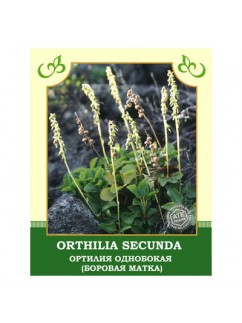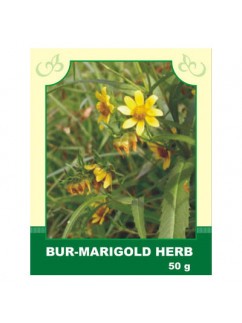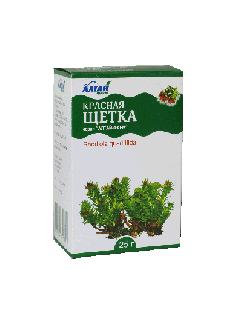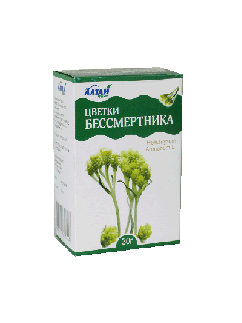Herbs
Internally, it is taken for weakened potency, infertility (both male and female), sexual coldness, ovarian and testicular cysts, impotence, mastopathy, polycystic ovary syndrome, and fatigue. It improves mental and physical performance, recommended for oncological diseases, enhances blood composition, increases resistance to infectious diseases, and promotes rapid bone fusion in fractures.
Method of application and dosage: 1 tablespoon of crushed root is poured with 250 ml of boiling water. Heated in a water bath with a closed lid for 15 minutes, stirring frequently. Infused for 45 minutes at room temperature, strained. Bring the decoction to the original volume with boiled water and drink 3-4 times a day 30-40 minutes before meals with 1 tablespoon of natural honey. The course of treatment is 30-45 days. Store the decoction in the refrigerator for no more than 2 days.
Contraindications: individual intolerance, pregnant and lactating women, patients with hypertension, fever, mental excitement. Cannot be used in combination with hops and licorice.
$8.99Internally, it is taken for gastritis, enterocolitis, stomach and duodenal ulcers; for inflammatory diseases of the liver and kidneys; in the treatment of heart diseases accompanied by palpitations, edema, and shortness of breath.
Method of application and dosage: 2 tablespoons of raw material are poured with 400 ml of boiling water, infused for 2 hours, strained, squeezing the plant material. The resulting infusion is brought to the original volume with boiled water. Take 1/2 cup 3 times a day.
Externally, in the form of rinses, douching, enemas, and compresses, it is used for diseases of the mucous membrane of the mouth and throat, gingivitis, thrush in children; for conjunctivitis; for abundant whites in women; for the treatment of wounds, burns, and ulcers on the body, in oncology. 20-40 g of raw material is poured with 200 ml of boiling water, heated in a boiling water bath for 15 minutes, infused at room temperature for 45 minutes.
Contraindications: individual intolerance, with low blood pressure.
$5.20Internally, decoction of oak bark is used as an astringent and anti-inflammatory remedy for stomach ulcers, gastric bleeding, blood in the urine, heavy menstrual bleeding, diarrhea, and frequent urges to urinate.
Method of application and dosage: 40 g of roots are poured with 200 ml of boiling water, infused for 30-45 minutes, strained, squeezing out the remaining plant material. The decoction of the herb with boiled water is brought to the original volume and taken in 1 tablespoon 2-3 times a day.
Externally, decoctions of the bark are used for rinsing in gingivitis, stomatitis, and other inflammatory processes in the oral cavity, pharynx, and larynx. Also, as compresses for burns, to stop bleeding from open wounds, and to reduce foot sweating. 20 g of bark is poured with 200 ml of boiling water, infused for 1 hour.
Contraindications: individual intolerance. Overdose may cause nausea and vomiting.
$5.79- Broth or water infusion of leaves used as a diuretic, choleretic and antiseptic treatment of inflammatory diseases of the kidneys and bladder, urolithiasis, gout, less as a binder for non-infectious diarrhea nature.$6.99
Description. Orthilia Secunda is native for Siberia. This herb consists of tannins, flavonoids, gums, bitters, lemon and tartaric acids, arbutin and saponin. Orthilia Secunda is recommended by herbalists as an herb for gynecological disorders and inflammations. Orthilia Secunda preparations are used for sterility, bleedings, infantilism, cervical erosion, for menstrual cycle derangements, toxicosis. In some countries Orthilia Secunda is used as diuretics and antiseptics for kidney and urinary bladder inflammations. More than that, the decoction of Orthilia Secunda is used as an eye wash.
Attention! Before using any herbal products, make sure that you have full knowledge of how the herb works and any adverse reaction it may cause.$8.99
Description.
Description. Bur-marigold is widely used in different ways. The herb is rich in tannins, bitters, volatile oil, vitamin C, carotin, iron, chrome, aluminum, copper and manganese. Bur- marigold can be taken internally and externally. The properties of the herb are numerous: sudorific, anti-inflammatory, diuretic, vitaminous, anti-allergic and sedative. Bur-marigold is of great help for metabolism disorders, digestion, gastrointestinal illnesses and skin inflammations. Use. Bur-marigold is used as preventive for influenza or cold, used for treatment of swelling pain at the throat, fever among infants, fear of cold weather. In some countries they use it for enteritis, flatulence, diarrhea, appendicitis, for sprains, contusions, chronic ulcers. The herb also helps stop wound bleeding and is good for piles, chronic ulcers, various skin diseases.
Attention! Before using any herbal products, make sure that you have full knowledge of how the herb works and any adverse reaction it may cause.$6.99Internally, it is used for diseases of the digestive system, kidney diseases, bladder diseases, nocturnal enuresis, respiratory diseases, flu, weakness of the heart, pulmonary tuberculosis, oncological diseases, headaches, nervous diseases, as well as for roundworms.
Method of application and dosage: 20 g of the herb is poured with 400 ml of boiling water and boiled on low heat until half, strained, and the remaining plant material is squeezed. The obtained infusion is brought to the original volume with boiling water. Take 1 tablespoon internally 3 times a day after meals.
Externally, children with diatheses are washed with an infusion of St. John's wort herb, compresses are applied for rashes and boils, and for diseases of the mammary glands. For external use, 2 tablespoons of raw material are poured with 200 ml of boiling water, infused until cooled. For douching, it is diluted with warm boiled water at a ratio of 1:5.
Contraindications: individual intolerance.
$6.99- Description. Rhodiola quadrifida is an exquisite gift of nature, which helps to restore all the functions of our body. This plant is absolutely unique and it doesnt have any analogues in the whole world. Rhodiola quadrifiga is rich in tannins, organic acids, volatile oils, proteins, oils, wax, manganese, zinc, chrome, cobalt, gum, silver and many other. The plant has powerful styptic and tonic effect. It helps to reduce brain vessels spasms.Rhodiola Quadrifida due to its high bio-activity is an excellent support for mens health!
Use. Rhodiola is widely used in folk medicine for female diseases of different kinds (erosion, sterility, dysfunctional womb bleedings, endometriosis, myoma) as well as endocrine disturbance and thyroid gland diseases. Rhodiola quadrifida is especially valuable for potency weakening, menstrual cycle disorders, menopause, mestopathy and other hormone disorders. This herb also helps to speed up healing of fractures, raises mental and physical efficiency, enriches blood composition. The herb is recommended by herbalists for oncological illnesses. But you should be very careful about it, if you have such problems as increased blood pressure and psychic excitement.
Attention! Before using any herbal products, make sure that you have full knowledge of how the herb works and any adverse reaction it may cause.$7.99 Internally, it is taken as a cholagogue for liver diseases, cholecystitis, hepatobiliary disease, gallstone disease; for stomach disorders, kidney and bladder diseases, especially in acute cystitis, in difficult and painful urination; as a hemostatic for uterine bleeding due to ovarian dysfunction and uterine fibroids; for furunculosis.
Method of application and dosage: 10 g of immortelle flowers are poured with 250 ml of boiling water. Infuse for 20 minutes, strain. Bring the obtained infusion to the original volume. Take 1/2 cup 2-3 times a day before meals.
Contraindications: Individual intolerance, jaundice, hypertension. Consult with a specialist before use.
$6.99


